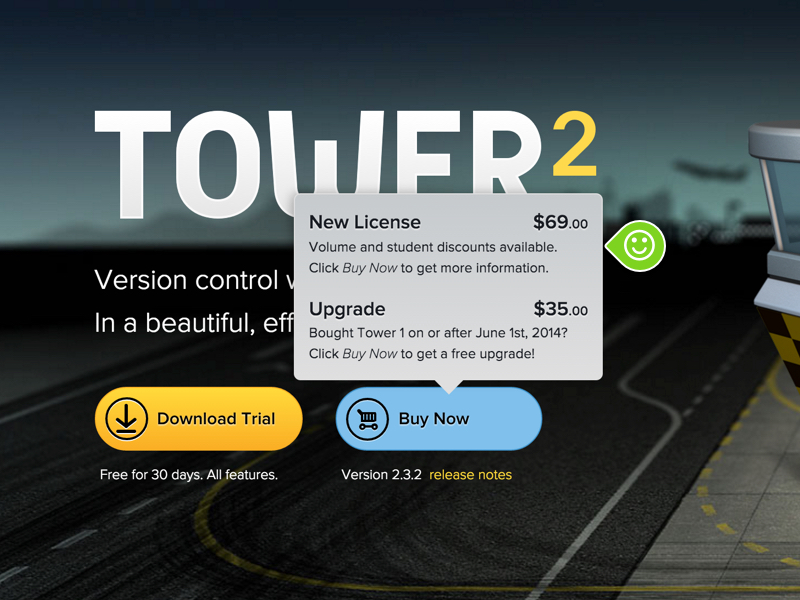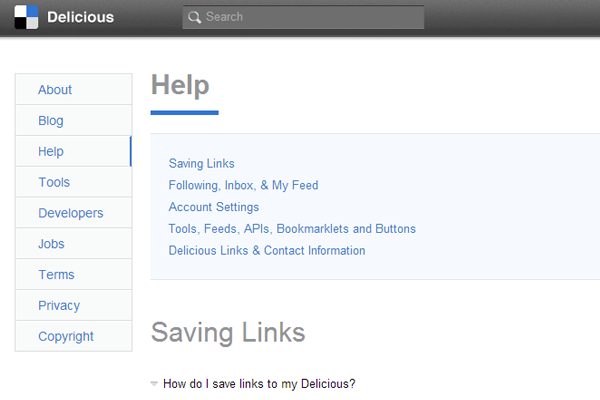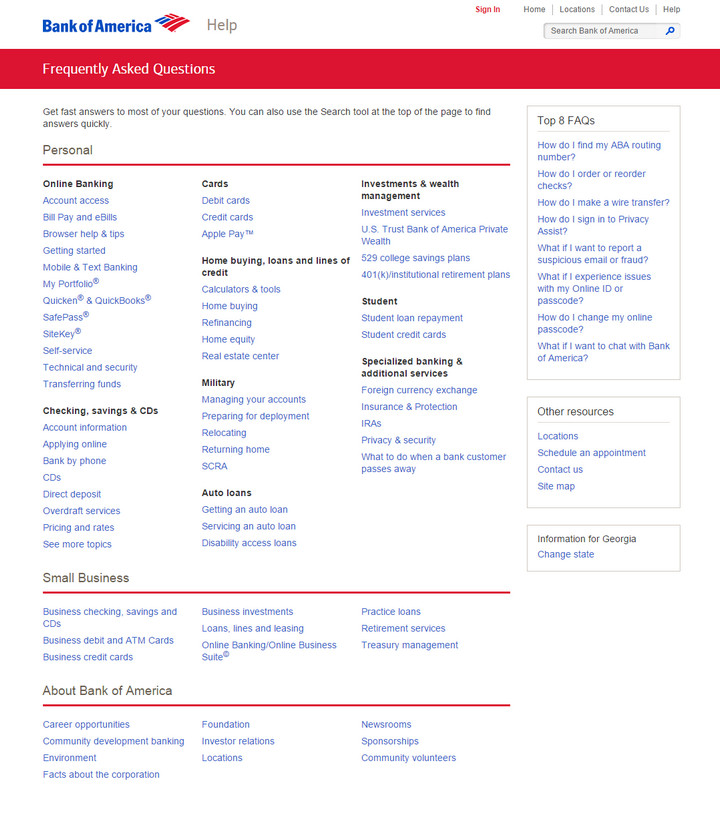The Quickest Way to Answer Member Questions (Without Being Overwhelmed)
There are quite a few pros about working with a membership business, and one of them is having a community of people who love and follow your business on a regular basis. In some ways, they eventually become like family to you.
But that can also mean that in other, less positive ways, they are truly like family to you. At some point, you may be bombarded with questions, some of them valid, and others less so.
The thing about members asking questions is that you really can’t afford to ignore them. A single product business may occasionally receive a bad review from customers who have their complaints unanswered, but they don’t really sweat it because new customers roll in every day.
For memberships, a pile of unanswered questions means a significant loss of revenue for you should they decide that you’re just not worth the hassle, or they decide not to tell their friends about you. And that’s actually a pretty big deal. In fact, according to Wharton School of Business, the lifetime value of referral customers is 16% higher than a standalone customer, which means that you really want your customers to have good things to say about you.
But having to waste countless hours each week answering questions can be a real drag on your workflow. So how do you make sure you’re dedicating an adequate amount of energy to answering member questions without spending hours doing it?
Let’s take a look…
Answer Questions Before They’re Asked
One of the best ways to do this is to preemptively answer questions throughout your site. No, we’re not talking about an FAQ page (not yet, anyway). We’re talking about setting up your copy to do the work for you where it matters most.
Microcopy
Now, this doesn’t mean you need to make each landing page on your site a small novel in order to answer every question. It means that you should take commonly asked questions and use microcopy throughout your site to make sure visitors know the answers as soon as they visit.
What’s microcopy, you say? Microcopy is short, targeted phrases that give instruction or add additional necessary information to your site. They can be found around CTA buttons, headlines, or even scattered through your copy.
One example of well-used microcopy in this case would be on Tower’s website. Their “Buy Now” button is featured at the top of the homepage, but there’s not a lot of information for first time visitors. But when you hover over the button, a popup appears with more details about the product.

In an e-commerce setting, microcopy can help you sell your service or product. Take Gitman as another example.

Gitman provides a bit of relevant copy about the quality of its materials (and other details) on its checkout pages. Consumers are not overwhelmed with information, so it doesn’t get in the way, but it does help answer questions that customers may have in their heads while browsing.
You can also add microcopy to your checkout forms to clarify issues with credit card input and additional fees that may be included, so you don’t have to field technical or financial questions at every turn.
Set Up Automated Responses
Another easy way to answer member questions is to set up automated responses that do the work for you. They can both preemptively answer questions as well as give more clarity to your product or service.
Automated Emails
According to a study by Purdue University, 25% of all contact between a company and its customers happens via email. When it comes to answering member questions, chances are that you’re going to be doing a lot of emailing back and forth.
One way to cut down on time sending emails is to set up a support email (for example, support @ yourcompany.com) and then create an autoresponder for it. When members send their queries to that email, they’re greeted with a list of possible solutions to their problem along with a message saying you will follow up if needed.
Including answers to potential questions in your email auto-response or pointing them to resources that may solve their problem sooner than you could is a great way to boost confidence and may cut down the actual time you spend answering those emails.
Welcome Emails
You can also tackle automated responses by answering questions in your welcome email and then pointing them to an additional resource, like a FAQ page or help center (we’ll get to that). If you have a whole email course or series of emails that new members received, even better; you can use them as an opportunity to answer questions in greater detail.
Take House of Fraser for example. Their welcome email, though simple, includes information that shoppers may have missed the first time around, including details on returning items and how to get involved in their community.

Develop a Great FAQ Page
Speaking of FAQ pages, whether it’s a standalone page that includes a list of topics and answers or it’s a dynamic help center, having a place where members can go to ask questions without bothering your support team is essential.
FAQ Page
FAQ pages are the granddaddy of question answering resources, and for good reason. There are two approaches you can use when creating a good FAQ page: simple or dynamic.
The simple approach is something like Delicious, which is essentially just a list of necessary information that isn’t weighed down with anything extra. While it may not answer every question that comes your way, especially if you have a large membership base, it does work well for smaller memberships. If combined with other resources, like autoresponders or microcopy, it can be an excellent way to keep inquiries low.

A good example of a dynamic approach would be Bank of America. They deal with a multitude of customer questions ranging from simple to complicated, and their FAQ page mimics that reality. It’s full of answer to all sorts of questions, with additional resources available if customers get stuck.

Help Center
If you do have a larger membership base, or you deal with e-commerce products or a service that requires a lot of frequent interaction with members/customers, you could also opt to do a help center. Help centers are great because they rely on user submitted tickets, which can help you keep questions out of your inbox as well as give your team time to answer questions as fully as possible.
Apps like HappyFox, Help Scout or Zendesk are all great resources. If you want to solely use a feature like chat and skip the tickets, you can also use something like LiveChat or Better Voice.
Final Thoughts
While providing answer to member questions will always come with the territory, it doesn’t have to bog down your business. Having a strategy in place for answering questions both before and after they arise can go a long way to saving you time and energy.
Consider placing microcopy around your site that helps point out small details that members or new visitors may have in the back of their minds while browsing your site.
Create automated responses for customer queries, or as part of a welcome series that preemptively answers questions for brand new members.
Finally, make sure you have something available to both members and non-members that give them a bit of autonomy, like a FAQ page or help center.
Using any or all of these resources will enable you to focus on what really matters: building a better membership.
Joanne
Joanne is a writer who specializes in educating online site owners about building a thriving membership business.
 Blog
Blog Podcast
Podcast Support
Support Customer Login
Customer Login









